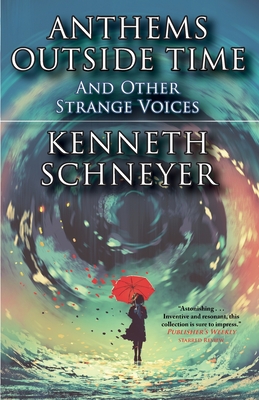 Anthems Outside Time and Other Strange Voices by Kenneth Schneyer
Anthems Outside Time and Other Strange Voices by Kenneth Schneyer Format: eARC
Source: publisher
Formats available: paperback, ebook
Genres: fantasy, science fiction, short stories
Pages: 372
Published by Fairwood Press on July 14, 2020
Purchasing Info: Author's Website, Publisher's Website, Amazon, Barnes & Noble, Kobo, Bookshop.org
Goodreads
Curator's notes from an art exhibition. Exam questions. A children's social-studies textbook. An end-user license agreement from God. From Nebula-nominated author Kenneth Schneyer comes this collection spanning the range from fantasy to science fiction to horror to political speculative fiction. Representing more than a decade of work, these 26 weird, disorienting stories will accost your expectations while relocating your heart. This volume includes such celebrated works as "Selected Program Notes from the Retrospective Exhibition of Theresa Rosenberg Latimer," as well as two stories never before published.
My Review:
When I read this collection a few weeks ago, I found myself astonished all the way around. And I mean that in the best way possible.
That very pleasant surprised was on two counts. The first being that short story collections usually aren’t my favorite thing. I tend to find them a mixed bag at best, with some strong stories mixed with at least one or two that missed the boat – or in this case the rocket ship – completely. That didn’t happen here. At All. Every story hits its mark – sometimes with a bang. And occasionally – when completely appropriate to the story – with a whimper. Usually on the part of the reader. A kind of contented, contemplative “OH!”
That the collection was written by an author I hadn’t heard of before – in spite of the Nebula nomination – was the second thing that surprised me. I wouldn’t have picked up a collection of something I don’t normally care for by an author I don’t otherwise know without receiving it as an assignment from somewhere.
In this particular case, an assignment from Library Journal. But I loved this book so hard that I felt compelled to signal boost it here, as many reviews in LJ are behind a paywall – although this review might not be. But here we are, just in case.
What I found so compelling about this collection was the way that it does something that SF and fantasy don’t always do well. So much of speculative fiction in general concentrates on the gee whiz of either rocket ships or dragons – or sometimes both – that it misses the human connection.
Not that I don’t love me a good hard SF story. Or for that matter a good time travel story or a good story about dragons either doing or done wrong or a big high-flown epic fantasy. Or a mix of all of the above – although that’s HARD.
But all stories written by humans are about humans, no matter what skin or fur or feather or metal they might be wearing on the outside. And that’s what this collection does so well, whether in its SF or its fantasy stories.
This author is great at letting the reader see the effects of the SFnal or fantasy elements on the humans who are our perspective on what’s happening. And that’s fantastic!
Escape Rating A: This author has what can wonderfully be called a somewhat sideways view of the world. A view that is certainly on display in that Nebula-nominated story, Selected Program Notes from the Retrospective Exhibition of Theresa Rosenberg Latimer. It’s a story told through the unusual lens of museum case notes. One of this author’s fascinating devices is to tell a story through something else, often something small like the tiny notes next to exhibit entries, and let the pulling together of the story in its entirety occur in the reader’s mind – as it does anyway.
(For the curious, the winner that year was If You Were a Dinosaur, My Love by Rachel Swirsky which was itself a nominee for the Hugo the following year. Eligibility periods for the Hugo and the Nebula are confoundingly different!)
 The stories in this collection, those Anthems Outside Time, are not fluffy bunnies. Most of them come from the darker corners of the imagination, and all of them are compellingly readable.
The stories in this collection, those Anthems Outside Time, are not fluffy bunnies. Most of them come from the darker corners of the imagination, and all of them are compellingly readable.
The stories in this collection manage to be prescient, heartbreaking and provocative, sometimes by turns and sometimes all at once. They are stories for readers who want their SF and fantasy to make them think, and think hard, about the human condition. And they’re marvelous.
I’ll certainly be looking for more of this author’s work, starting with his previous collection, The Law & the Heart.

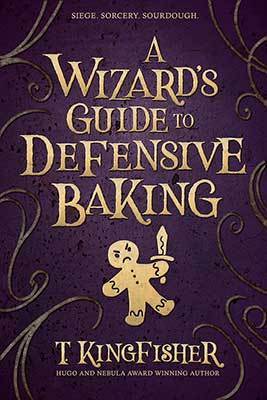 A Wizard’s Guide to Defensive Baking by
A Wizard’s Guide to Defensive Baking by 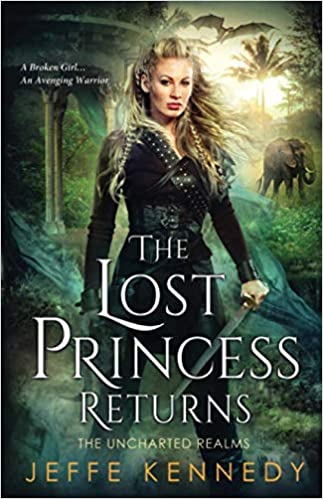 The Lost Princess Returns (The Uncharted Realms #5.5) by
The Lost Princess Returns (The Uncharted Realms #5.5) by 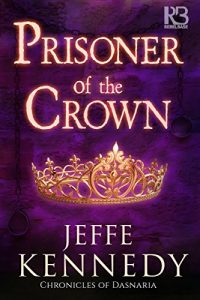 The lost princess who returns in this story is Jenna, once an Imperial Princess of Dasnaria. Jenna, with the help of her younger brother Harlan, was partially rescued and partially rescued herself from not just an excruciatingly abusive marriage but an entirely abusive culture as well, in the
The lost princess who returns in this story is Jenna, once an Imperial Princess of Dasnaria. Jenna, with the help of her younger brother Harlan, was partially rescued and partially rescued herself from not just an excruciatingly abusive marriage but an entirely abusive culture as well, in the 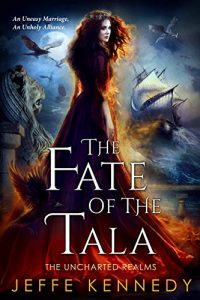 The enemy that is finally defeated in The Fate of the Tala has been a thorn in the side of the Twelve Kingdoms from the very beginning of this saga, all the way back in
The enemy that is finally defeated in The Fate of the Tala has been a thorn in the side of the Twelve Kingdoms from the very beginning of this saga, all the way back in 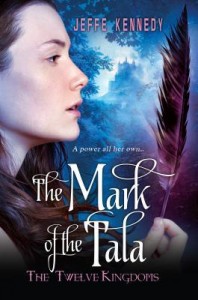 Escape Rating A+: It’s obvious that I loved this story. In fact, it’s pretty obvious that I’ve loved the entire interconnected series, as I’ve reviewed them all. This is also a series that operates on two layers. First, it IS epic fantasy. The epic is the story of the three princesses of the Twelve Kingdoms rebelling against the rule of their abusive father. That father is also taking the Kingdoms down a terrible path, so they set out on a course to right his wrongs and remove him from his throne. Once that battle is won, they then have to rout the forces that helped set their father on his terrible path – not that he wasn’t plenty terrible on his own. The story of their journey, now as queens of their own kingdoms, to help each other find and fight those forces, gathering allies and enemies along the way, is told as The Uncharted Realms.
Escape Rating A+: It’s obvious that I loved this story. In fact, it’s pretty obvious that I’ve loved the entire interconnected series, as I’ve reviewed them all. This is also a series that operates on two layers. First, it IS epic fantasy. The epic is the story of the three princesses of the Twelve Kingdoms rebelling against the rule of their abusive father. That father is also taking the Kingdoms down a terrible path, so they set out on a course to right his wrongs and remove him from his throne. Once that battle is won, they then have to rout the forces that helped set their father on his terrible path – not that he wasn’t plenty terrible on his own. The story of their journey, now as queens of their own kingdoms, to help each other find and fight those forces, gathering allies and enemies along the way, is told as The Uncharted Realms.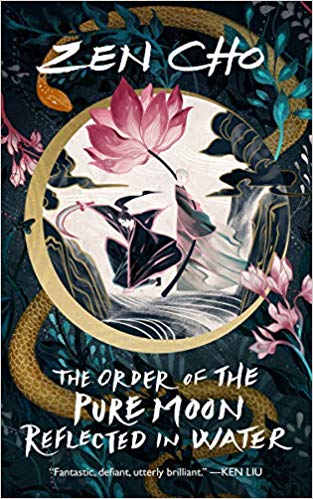 The Order of the Pure Moon Reflected in Water by
The Order of the Pure Moon Reflected in Water by 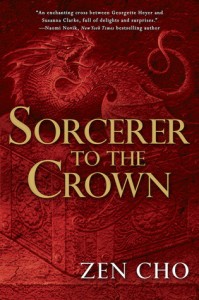 This was absolutely none of the things I was expecting when I picked it up – and that’s mostly a good thing. Although, at least so far, this author’s works have not quite, at least for this reader, lived up to her incredible debut,
This was absolutely none of the things I was expecting when I picked it up – and that’s mostly a good thing. Although, at least so far, this author’s works have not quite, at least for this reader, lived up to her incredible debut,  Westside Saints by
Westside Saints by 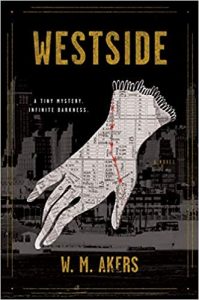 Escape Rating A: I loved the first book, Westside, and loved this one every bit as much. After
Escape Rating A: I loved the first book, Westside, and loved this one every bit as much. After 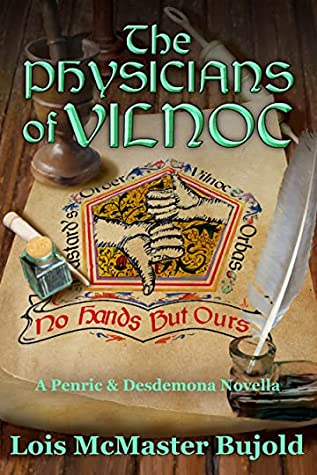 The Physicians of Vilnoc (Penric and Desdemona #9) by Lois McMaster Bujold by
The Physicians of Vilnoc (Penric and Desdemona #9) by Lois McMaster Bujold by 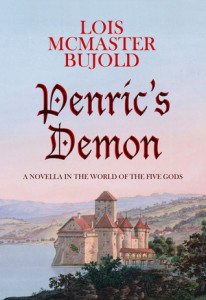 I have been haunting Amazon waiting for this book to finally be available for preorder. I didn’t expect it to just become available, period, but it did. And I couldn’t resist diving into it immediately!
I have been haunting Amazon waiting for this book to finally be available for preorder. I didn’t expect it to just become available, period, but it did. And I couldn’t resist diving into it immediately!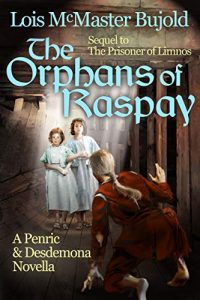 Escape Rating A: I love this series, and have from the very first book,
Escape Rating A: I love this series, and have from the very first book, 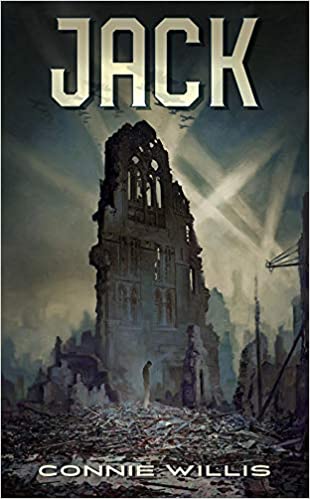 Jack by
Jack by 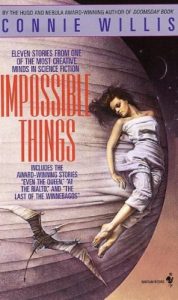 I didn’t catch that this was a reprint when I downloaded it from NetGalley a few weeks ago. Upon further investigation, I discovered that I read this one, a long, long time ago. It’s part of Connie Willis’ marvelous short story collection,
I didn’t catch that this was a reprint when I downloaded it from NetGalley a few weeks ago. Upon further investigation, I discovered that I read this one, a long, long time ago. It’s part of Connie Willis’ marvelous short story collection, 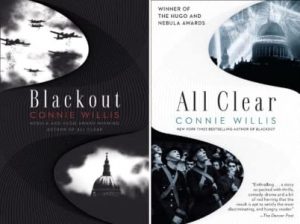 I don’t think it’s any accident that there’s a “bodysniffer” every bit as successful as Jack Settle over in Whitechapel. He’s probably named Jack, too.
I don’t think it’s any accident that there’s a “bodysniffer” every bit as successful as Jack Settle over in Whitechapel. He’s probably named Jack, too.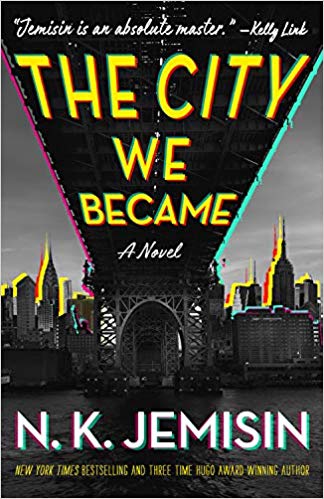 The City We Became (Great Cities #1) by
The City We Became (Great Cities #1) by 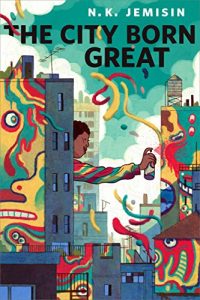 Four years ago, N.K.Jemisin published what was then a standalone short story,
Four years ago, N.K.Jemisin published what was then a standalone short story, 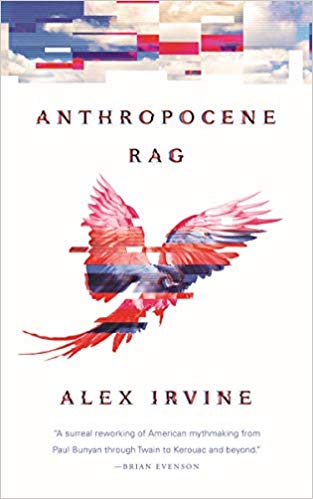 Anthropocene Rag by
Anthropocene Rag by 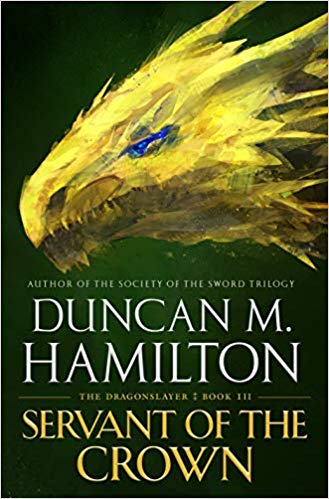 Servant of the Crown by
Servant of the Crown by 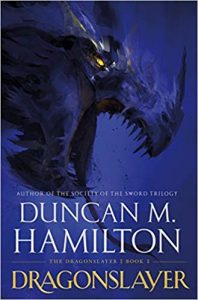 First things first. I just want to say what a treat it was to start a series, fall in love with it, and be able to just read – or be read to – all the way through to the end without having to wait months if not years for the later books in a series. I don’t always have that opportunity, either because I fall in love with the first book long before the others are out, or because I run into the “so many books, so little time” conundrum and have to space things out because of other reading commitments. Because I waited to start the first book (
First things first. I just want to say what a treat it was to start a series, fall in love with it, and be able to just read – or be read to – all the way through to the end without having to wait months if not years for the later books in a series. I don’t always have that opportunity, either because I fall in love with the first book long before the others are out, or because I run into the “so many books, so little time” conundrum and have to space things out because of other reading commitments. Because I waited to start the first book (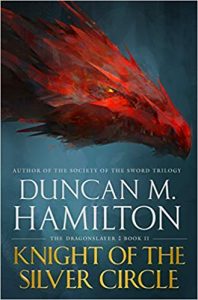 Soléne is that young hero. Gill’s the one out in front to collect all the glory and fight all the battles, or so it seems. But she’s every bit the hero that he is, just from behind the scenes. Her power is huge, but it is also quiet. She’s the mage who operates in the shadows, not because she’s the woman inspiring the hero, but because the power she wields works best from the dark – and the quiet. He knows that she brought him the victory, and he knows that the best thing he can do for her is to acknowledge that privately and not publicly. Not that the Crown won’t give her its own semi-public acknowledgements. Maybe. If they succeed.
Soléne is that young hero. Gill’s the one out in front to collect all the glory and fight all the battles, or so it seems. But she’s every bit the hero that he is, just from behind the scenes. Her power is huge, but it is also quiet. She’s the mage who operates in the shadows, not because she’s the woman inspiring the hero, but because the power she wields works best from the dark – and the quiet. He knows that she brought him the victory, and he knows that the best thing he can do for her is to acknowledge that privately and not publicly. Not that the Crown won’t give her its own semi-public acknowledgements. Maybe. If they succeed.